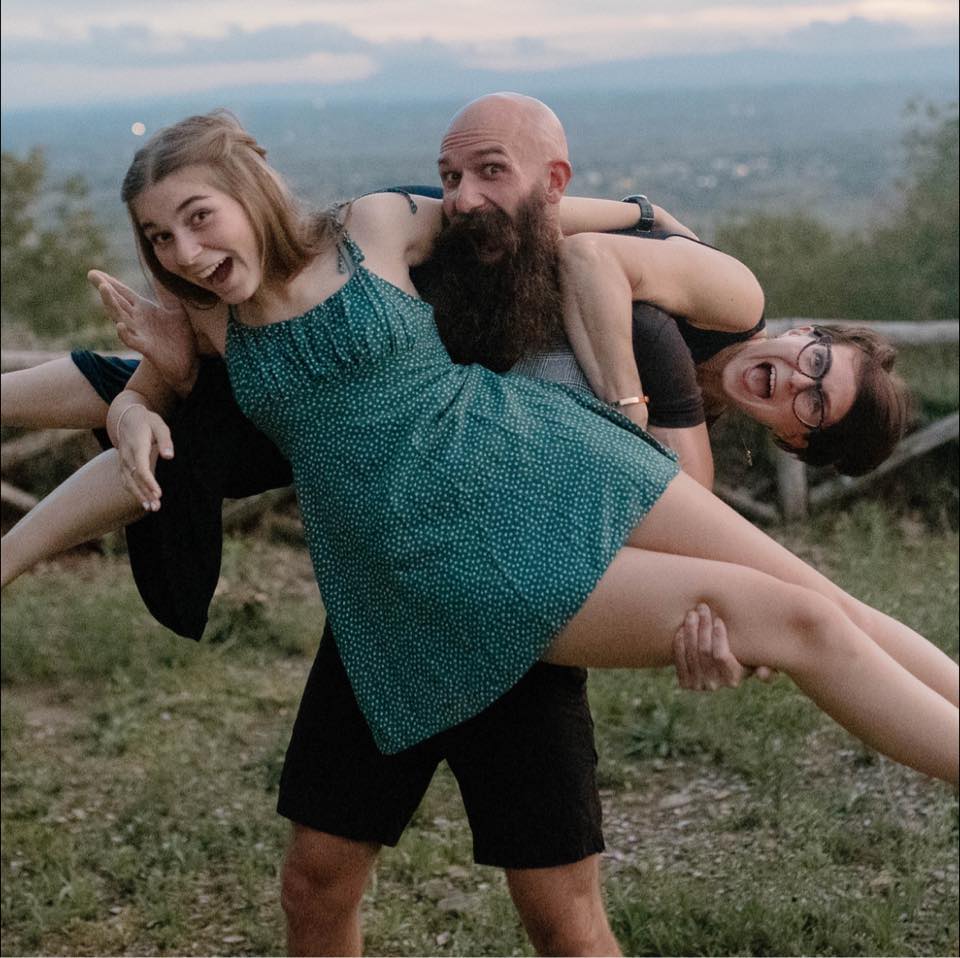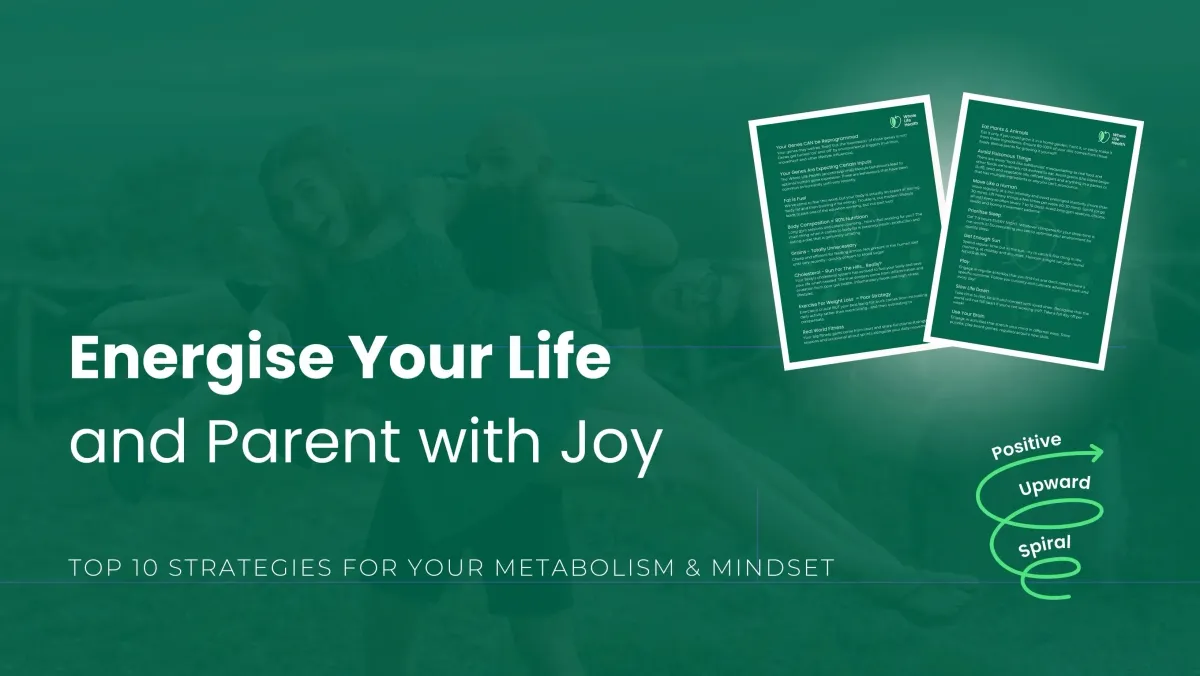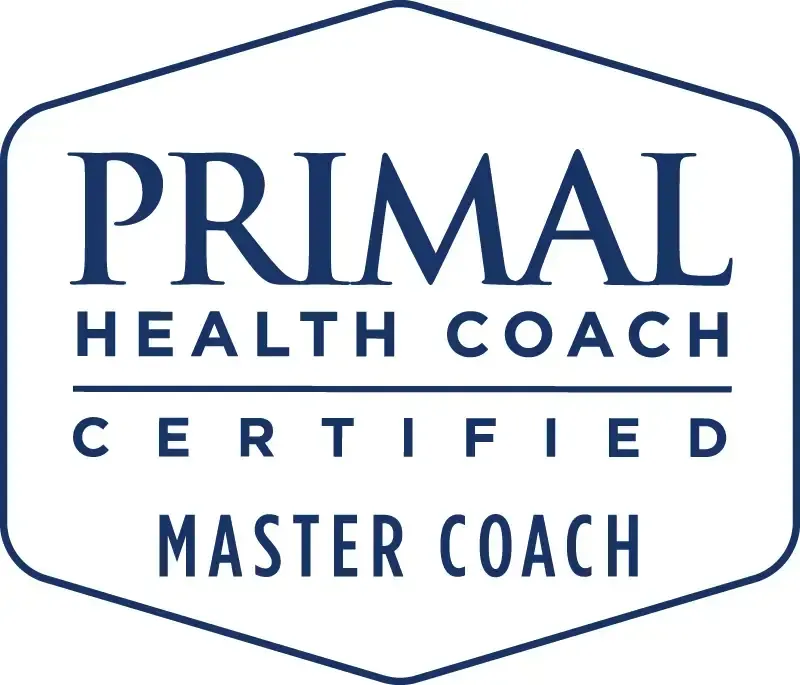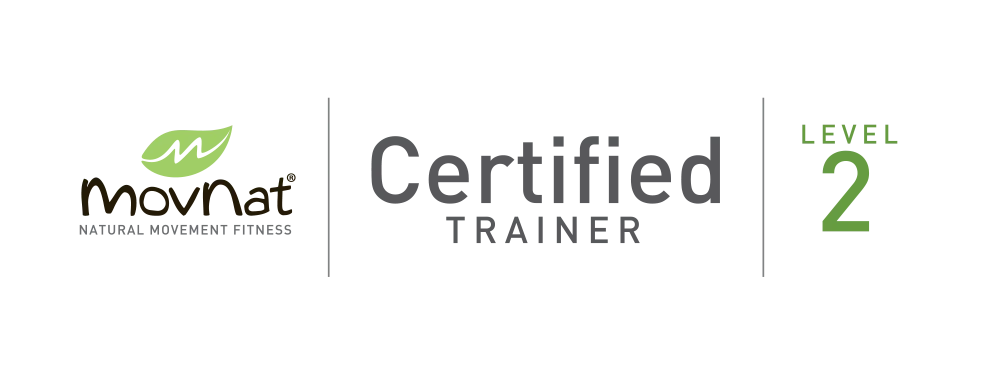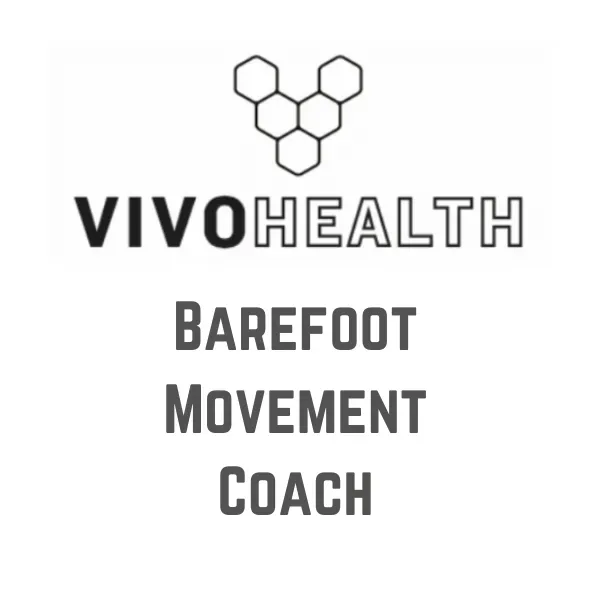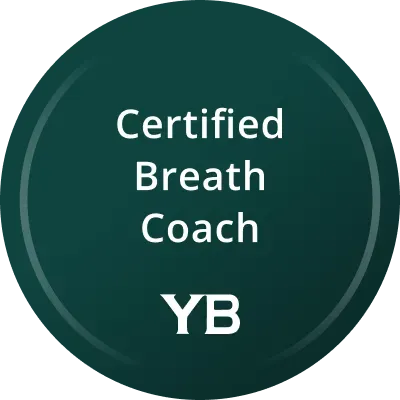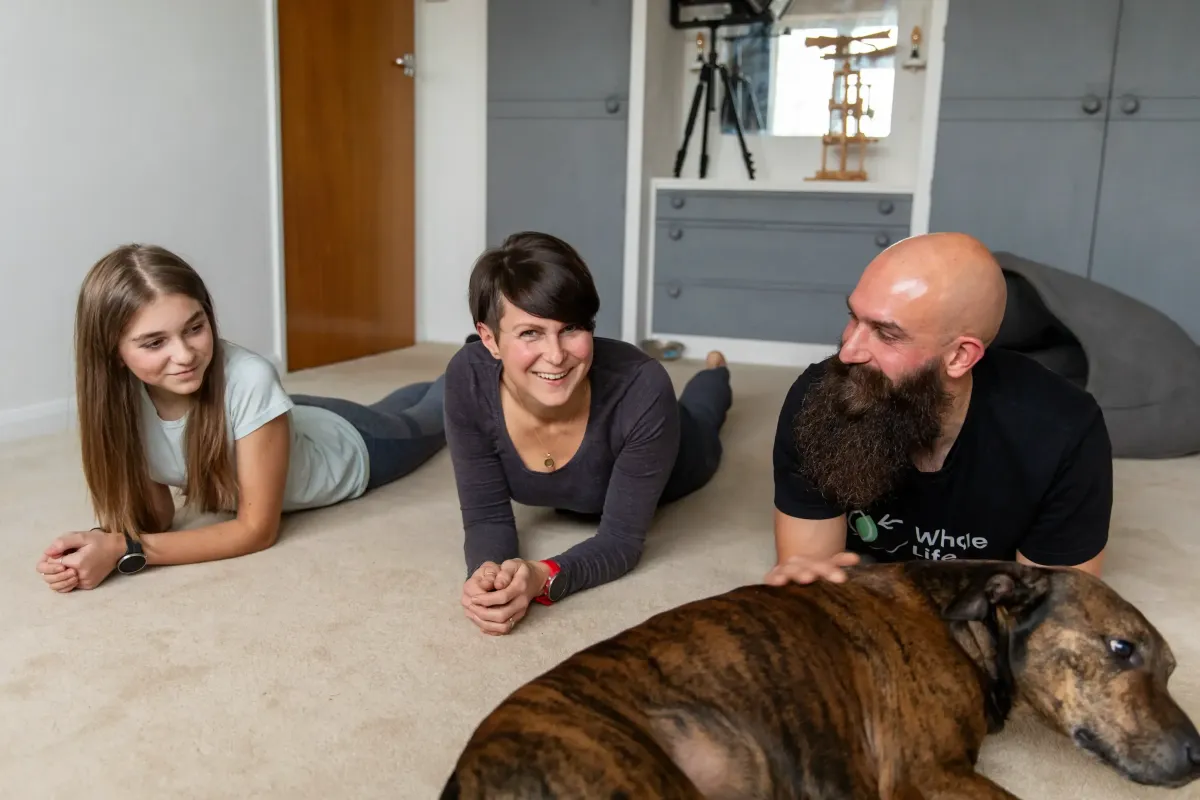
The Body Learns from Landscape — How to Build a Movement-Rich Home
We Shape Our Spaces — and Then They Shape Us
What if your home is silently coaching your body?
Every chair, every screen, every surface you default to sends a signal. Sit more. Move less. Stay hunched. Stay still. And over time, those signals get etched into your tissues, your joints, your habits — and your health.
But it doesn't have to be that way.
At Whole Life Health, we believe your home can be a movement mentor. A space that makes it easy, visible, enjoyable, and rewarding to move well and move often — not by forcing workouts into a sedentary life, but by designing movement into the very fabric of daily living.
Welcome to the movement-rich home.
Why It Matters: Sedentarism by Design
We don’t sit too much because we’re lazy. We sit too much because our homes, schools, offices — even our cars — are designed to reduce the need for movement. And while that may have been convenient in the short-term, the long-term costs are visible everywhere:
Movement isn’t just exercise. It’s how we express life through our biology. And when the environment cues stagnation, our biology stagnates too.
But — we are the species that builds environments.
Which means we can also rebuild them.
The Body Learns from Landscape
This is the crux: your body adapts to what it’s exposed to. Not just what you do for 45 minutes in the gym — but how you spend the other 23 hours.
As Katy Bowman and others have long said, movement isn’t a luxury. It’s a nutrient. And our homes are the priamery delivery mechanism.
So instead of fighting your environment, what if you made it an ally?
Let’s get concrete (which really isn't comfortable to sit on).
What a Movement-Rich Home Looks Like (Our Real-Life Setup)
Our home is built for movement. But it wasn’t always this way. Over time, we layered in cues, tools, and changes that made movement the default.
Here’s what that looks like:
No sofa. Instead, we’ve got modular soft play that stacks into a sofa shape or transforms into a crash mat, den, train, or launch pad for movement chaos. Same with our bed — it stacks into the corner, turning the bedroom into a mini movement studio. (these were discontinued, there are brands out there selling cheaper alternatives but without the non-toxic approach that Little Imagineers had... gutted... please support brands making good products with ethical supply chains and consumer health in mind).
Low dining table. About a foot off the floor, sitting on yoga cushions or the tatami-style rug (from The Snug Rug Company). It’s where we eat, work, and play. Different sitting positions = different joint loads. Freya also teaches all her baby massage and baby yoga classes on the Snug Rugs, perfect for mums and babies!
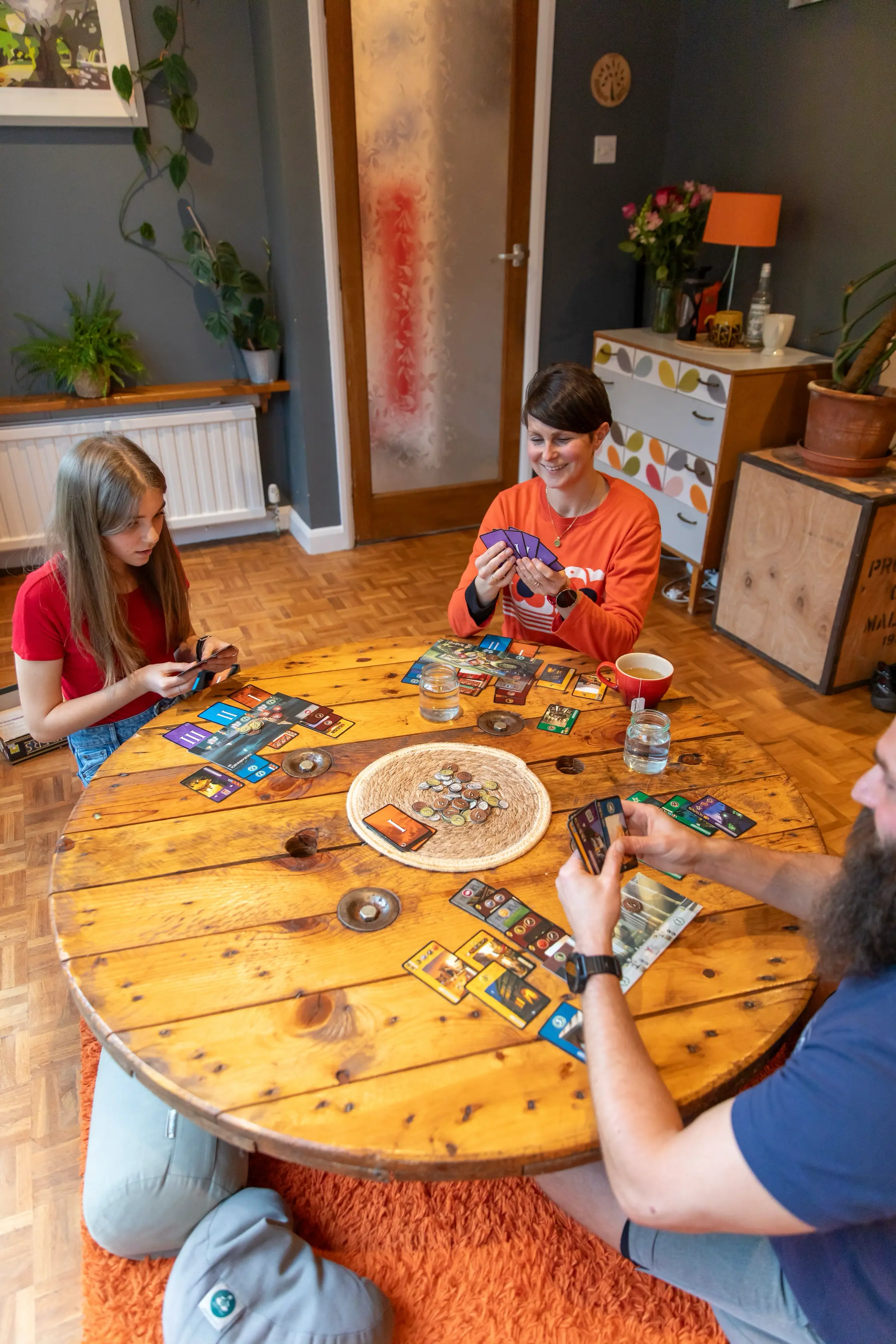
Adjustable standing desks. Twin-slot shelving holds desks at any height. Our daughter sometimes walks on a treadmill while doing schoolwork. I’ll perch on a slam ball (great halfway house between floor and chair) — and it doubles as a heavy object to lob around in my breaks (every 25 mins).
Movable furniture. Nothing’s fixed. Everything shifts to allow workouts, kids’ play, crawling races, or flowy movement bursts.
Transition Spaces: The hall to the bedrooms? Monkey bars. Kitchen pass-through? Pull-up bar. They both invite overhead movement so desperately missing from everyday modern life.
Barefoot garden pathways. Woodchip, stone, sand — a natural foot stimulator. Plus Olympic rings, TRX, ropes, scaffold frame, and dumbbells knocking around to spark spontaneous lifts or swings as well as structured workouts.
Active lounging. Yes, we watch films — but we often do it while walking on the treadmill, spinning on the bike, or changing positions every 15 minutes. Floor-sitting while watching is normal now.
Cues everywhere. Kettlebells and bands are in view... on the mantelpiece. Pomodoro timers remind us to move. Movement is visible, frictionless, satisfying.
Designing for Movement: Principles, Not Perfection
Your house doesn’t need to look like a jungle gym (though it’s fun when it does).
Here’s what you’re aiming for:
Make sedentary the hard option. Put chairs away. Sit on the floor. Stand to work. Crawl to the loo if you must — but interrupt long stillness.
Use frictionless cues. Slam ball in the hallway? You’ll lift it. Pull-up bar on the way to the kitchen? You’ll swing. Resistance becomes invitation.
Prioritise diversity. Rotate sitting positions. Walk barefoot. Hang. Squat. Climb. Shift. Variety = tissue health.
Don’t chase reps — chase rhythm. Movement becomes background music. Playful. Integrated. Not a separate task.
Make it family-inclusive. Your kids don’t need coaxing — they’ll join in. You lead the charge, they'll quickly overtake and you'll then learn by osmosis.
The Upward Spiral: Energy Begets Agency
Here’s the magic:
When you shift your environment, your physiology responds. More energy. More clarity. Better sleep. Fewer aches.
And that energy? It fuels agency — the felt sense that you can act, decide, choose. That you’re not stuck.
And with that agency, you shape your environment again.
More play. More laughter. Better food. Stronger boundaries. More time outside.
One shift leads to another. You level up — and you lift your family with you.
Need Help Building It?
This is what we do at Whole Life Health. We help families design lives — and homes — that support vitality, movement, calm, and connection.
Whether it’s:
We’ll walk it with you.
Book a free call to explore what this could look like.
FAQ
Do I have to get rid of my sofa?
Nope. But you might find you use it less. Even adding one floor cushion or rug can start the shift.
What if my kids aren’t interested?
Make it playful. Let them lead. Kids are natural movers — your job is to not get in the way... oh and get rid of the xbox!
What’s the first step?
Clear a small floor space. Add a ball. Take your laptop to the floor. Sit differently while you scroll this blog... or the next one. That’s it.
What about school hours or work commitments?
Control the controllables - your home, your decisions, you're responsibility. Beyond that, ask questions, find workarounds and be the change you want to see. Micro shifts. Big ripples. Work or school really not willing to budge... send them my way!

